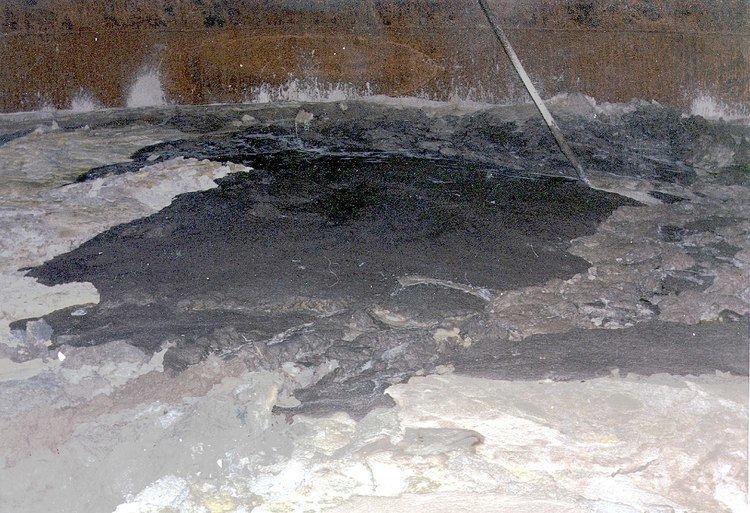An environmental disaster is a disaster to the natural environment due to human activity, which distinguishes it from the concept of a natural disaster. It is also distinct from intentional acts of war such as nuclear bombings.
In this case, the impact of humans' alteration of the ecosystem has led to widespread and/or long-lasting consequences. It can include the deaths of animals (including humans) and plants, or severe disruption of human life, possibly requiring migration.
Environmental disasters can have an effect on agriculture, biodiversity, the economy and human health. The causes include pollution, depletion of natural resources, custom industrial activity or agriculture.
Seveso disaster, 1976 - Release of dioxin.Amoco Cadiz oil spill, 1978 - the vessel broke in two, releasing its entire cargo of 1.6 million barrels (250,000 m3) of oil.Ok Tedi environmental disaster, 1984. As of 2006, mine operators have discharged about two billion tons of tailings, overburden and mine-induced erosion into the Ok Tedi river system. About 1,588 square kilometres (613 sq mi) of forest has died or is under stress.Bhopal disaster, 1984 - Release of methyl isocyanate gas and other chemicals Some estimate 8,000 people died within two weeks. A government affidavit in 2006 stated the leak caused 558,125 injuries including 38,478 temporary partial and approximately 3,900 severely and permanently disabling injuries.Chernobyl disaster, 1986 - The official Soviet count of 31 deaths has been disputed. An UNSCEAR report places the total confirmed deaths from radiation at 64 as of 2008. The eventual death toll could reach 4,000. Some 50 emergency workers died of acute radiation syndrome, nine children died of thyroid cancer and an estimated total of 3940 died from radiation-induced cancer and leukemia.Hanford Nuclear, 1986 – The U.S. government declassifies 19,000 pages of documents indicating that between 1946 and 1986, the Hanford Site near Richland, Washington, released thousands of US gallons of radioactive liquids. Radioactive waste was both released into the air and flowed into the Columbia River (which flows to the ocean).Exxon Valdez oil spill, 1989 - spilled 260–750 thousand barrels (41,000–119,000 m3) of crude oil.Prestige oil spill, 2002 - spilled over 20 million US gallons (76,000 m3) of two different grades of heavy fuel oil.Prudhoe Bay oil spill, 2006 - spilled up to 267,000 US gallons (1,010 m3; 6,400 bbl).Kingston Fossil Plant coal fly ash slurry spill, 2008 - spilled 1.1 billion US gallons (4,200,000 m3) of slurry from a coal plant, covering 300 acres, flowing down several rivers, destroying homes and contaminating water. Volume spilled was over 7 times as much as the volume of oil spilled in the Deepwater Horizon disaster.Deepwater Horizon oil spill, 2010 - An explosion killed 11 men working on the platform and injured 34 others. The gushing wellhead was capped, after it had released about 4.9 million barrels (780,000 m3) of crude oil.Climate change and disaster risks
A 2013 report examined the relationship between disasters and poverty. It concludes that, without concerted action, there could be up to 325 million extremely poor people living in the 49 countries most exposed to the full range of natural hazards and climate extremes in 2040.

